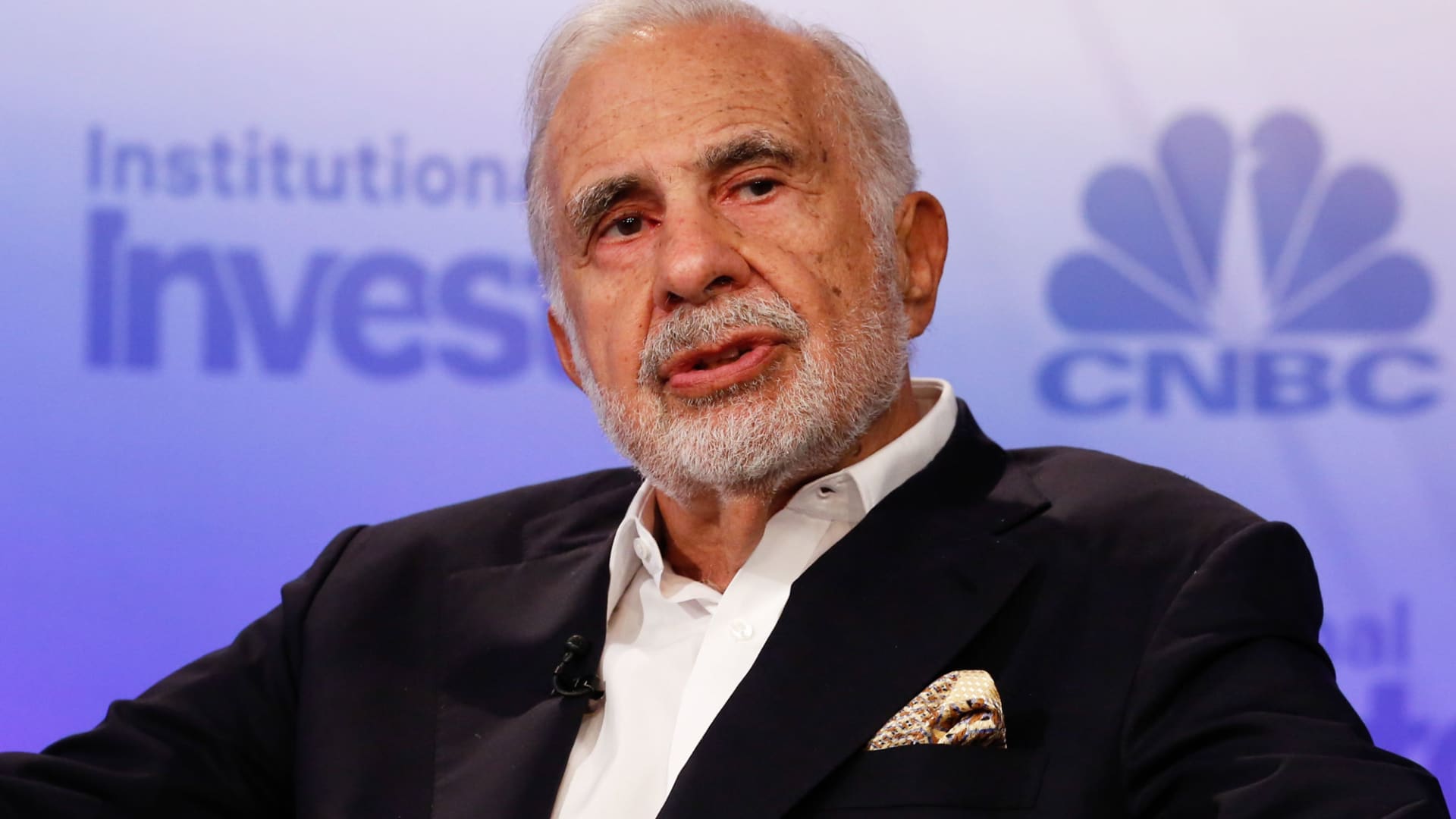Pacific Money | Economy | Southeast Asia
The country’s economy continues to be heavily dependent on foreign demand for goods and services.
Thailand’s GDP figures for 2022 have been tallied, and they came in below expectations with the economy growing 2.6 percent after adjusting for inflation. This is an improvement from the pandemic era, when GDP was contracting, but it still underperformed projections. When the Bank of Thailand raised interest rates in November 2022, it was forecasting a 3.2 percent growth for the year.
Policymakers were hoping the economy would enter 2023 with some momentum, but growth actually contracted in the fourth quarter of 2022. GDP underperformed relative to other economies in the region, such as Indonesia and Malaysia, which saw robust growth in 2022 driven by booming commodity exports and surges in consumption. The Philippine economy grew by 7.6 percent. Why is Thailand’s economy not as hot as its neighbors?
For one thing, more so than most countries in the region, the Thai economy is built around exports. This means service exports, like tourism, as well as exports of manufactured goods. Thailand does not have a lot of natural resources available for export, so it cannot ride big commodity booms in the way that resource-rich Malaysia and Indonesia can. Household consumption is also not as big a driver of economic activity, and consumers have struggled to pick up the slack as the economy reopens.
This economic model imposes certain constraints. For better or worse, the economy is heavily dependent on foreign demand for goods and services. Export revenue is often recycled into big current account surpluses and foreign exchange reserves. It is not an economic structure that is optimized for wages or household consumption.
Given a different economic structure, household demand could potentially offset some of the weakness in exports, but that doesn’t seem to be happening. The service production index contracted from 2021 to 2022 and remains below its base year of 2016. Part of the strong 2022 growth story in the Philippines and elsewhere was big increases in service sectors in response to surging consumer demand. But consumer spending in Thailand is already constrained by extremely high household debt levels.
Service exports, anchored by Thailand’s very large tourism sector, are recovering. Even so, it will probably be at least 2024 before these figures are trending closer to pre-pandemic levels, when Thailand saw nearly 40 million inbound tourists and $57 billion in foreign exchange earnings from the sector. This has historically been one of Thailand’s main economic engines, and it is likely to carry a lot more weight in 2023. The question is whether it will be enough.
It may not be, given a big recent slowdown in exported goods. If we look at year-to-year numbers, a major part of the drag on the Thai economy has been the surging cost of imported energy inputs like fuel. But monthly trade figures show a definite slowdown in exports in the second half of the year. The total value of exported goods was 906 billion baht ($26.6 billion) in June 2022, but then began a steady slide before hitting 700 billion baht ($20.5 billion) in January of this year. This is something that Thailand’s export-dependent economy cannot easily absorb.
Expensive energy imports will not weigh down the economy this year in the same way as last. But with consumer spending unlikely to carry the weight, and service exports via tourism recovering some but not all of their pre-pandemic strength, it will be very important to watch what happens with exports this year. The extent to which exports of tradeable goods recover or continue weakening will determine, to a considerable extent, how the Thai economy fares in 2023.




















Discussion about this post